Williams Selyem Winery has been making wine in Sonoma County since 1981. It was that year that they produced their first vintage of Pinot Noir. Since then their portfolio has been expanded a bit and there are a handful of other varietals in the mix; however they are first and foremost a Pinot Noir House. A couple of weeks ago I had the opportunity to visit them and taste through some current and older releases, as well as tour the facility.
Williams Selyem graciously welcomes visitors by advance appointment. Check their website for specific details. Pulling up to the winery, the facility is impressive in a number of ways. On the one hand it’s a beautiful structure that would look good anywhere. Secondly and somewhat more importantly it fits perfectly into its surroundings. When they built this new winery property a few years back they surely kept the idea of being shepherds of the land in mind. From every angle I walked the facility, inside and out, it literally seemed as if it had been gently dropped into the vineyard land so as not to disturb anything. And in fact numerous trees of significant age are about as close to the building as one could possibly imagine. It’s also an eye-catching edifice inside and out without ever being ostentatious in any way.
William-Selyem is best known for Pinot Noir and their portfolio is dotted with single vineyard designate wines and cuvee offerings. In addition to Pinot Noir, Chardonnay, Zinfandel and a port produced from traditional Portuguese varietals are part of the mix. One of the interesting production methods that sets them apart is the use of Dairy Bins for fermentation. These large, rectangular bins offer a larger surface area than traditional fermentation vessels. They’re so ingrained in the production process that William-Selyem has a company routinely looking out for additional bins for them to acquire. Once they are purchased, the bins are retrofitted to comply with their needs. While a small amount of wines go out in distribution, 96% of their production is sold direct to consumers. They have had a robust mailing list of admirer’s for years that’s the envy of many others in the industry. Allocations are largely based on time on the list and buying history.
Quite a number of well made and delicious wines passed my lips while I visited; here are my impressions of a handful of selections that particularly stood out that day.
Williams Selyem 2011 Unoaked Chardonnay. The fruit for this entirely stainless steel fermented wine was sourced at three vineyards; Drake Estate Vineyard, Olivet Lane Vineyard, and Lazy W Ranch located on Westside Road. This was a preview of a wine being released this spring. It’s going to have a price of $37. Orchard fruit aromas fill the fresh and vibrant nose of this wine. Tart green apple flavors are prominent on the palate along with bits of lime and pear. Minerals and an undercurrent of spice emerge on the finish which is clean and crisp. If I were to sum up this wine in one word it would be lovely. Those who aren’t fond of overdone, over-oaked Chardonnay should do whatever they can to acquire their own stash of this wine. It’s beautiful, refreshing and simply a pleasure to drink.
Williams Selyem 2010 Sonoma Coast Pinot Noir. The fruit for this cuvee style offering was sourcec at a combination of five vineyards; Bucher Vineyard, Drake Estate Vineyard, the Foss Vineyard, the Lone Oak Vineyard, and Williams Selyem Estate Vineyard. Oak aging took place over 11 months in a combination of new (25%), once used (50%), and twice used (25%) barrels. This wine which was released last spring sells for $37. Both red and black fruit aromas fill the nose of this Pinot Noir. This theme continues through the palate where black cherry characteristics take a starring role. Raspberry, earth, black tea and a gentle wisp of anise all emerge on the finish which has excellent length. Fine acidity provides a firm backbone. This is a really terrific Pinot Noir in the under $40 category.
Williams Selyem 2005 Vista Verde Pinot Noir. This wine was made entirely from fruit sourced at the Vista Verde Vineyard. The location of this vineyard is just south of Holister, near where Calera, another highly regarded California Pinot Noir house is located. Barrel aging took place over 15 months in a combination of new (65%) and once used (35%) oak. At release this wine sold for $49. From the first whiff to the last sip this wine showed itself to be in its sweet spot. At just over seven years old it’s showing subtle cherry aromas on the nose. The palate leads with gingerbread spice notes that are accompanied by red fruits. Earth, sour cherry and a bit of tea are present in the finish which has terrific length. This is a stunning wine at its peak.
Williams Selyem 1998 Central Coast Pinot Noir. This wine was produced from Estate Vineyards located south of Hollister. Their Central Coast release typically spends 10 months in a combination of new (33%), once used (33%) and twice used (33%) oak. The current release sells for $39. At first blush this wine was a bit closed off and honestly I thought it might be gone. However a few minutes in the glass did wonders. Ultimately I was knocked out by how very much alive this 15 year old Pinot Noir is. Good lively fruit marked the nose and palate, with zippy acidity and a core of spices playing along as well. Impressive for its age and well worth drinking if you can get your hands on a bottle. This underscores the importance of balance and its role in the age-ability of wines.
If you’re a Pinot Noir lover traveling to Sonoma County Williams Selyem should be on your short list of producers to visit. This is a relatively small outfit, doing things in a unique manner with consistently noteworthy results. And if for some strange reason Pinot Noir isn’t your thing, the Zinfandel, Chardonnay and Port are quite tasty as well.
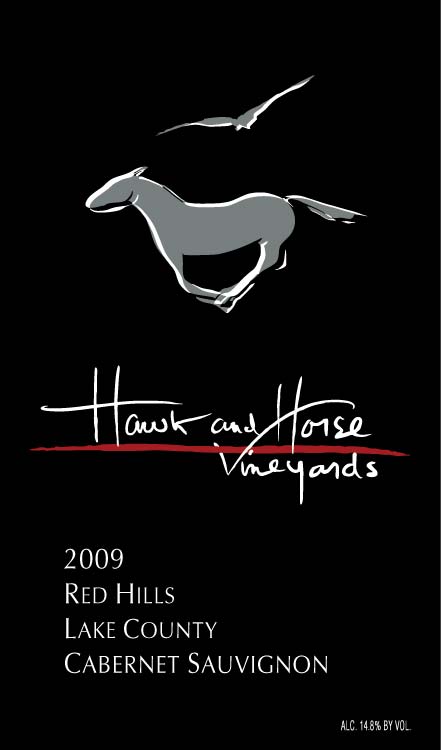 Hawk and Horse Vineyards was founded close to 15 years ago. It remains what it started as, a family owned and run winery specializing in a couple of small lot wines. I’ve become familiar with (and fond of) their releases over the last couple of vintages. So I was looking forward to tasting their newest Cabernet Sauvignon.
The Hawk and Horse Vineyards 2009 Cabernet Sauvignon is an estate wine. All of the fruit comes from the winery’s property in the Red Hills AVA of Lake County. They farm their 18 acre mountain property utilizing Biodynamic and Organic methods. The 2009 vintage is a 100% varietal wine. After fermentation this wine was aged over 23 months in entirely new French oak. 1,350 cases were produced and it has a suggested retail price of $65.00.
Hawk and Horse Vineyards was founded close to 15 years ago. It remains what it started as, a family owned and run winery specializing in a couple of small lot wines. I’ve become familiar with (and fond of) their releases over the last couple of vintages. So I was looking forward to tasting their newest Cabernet Sauvignon.
The Hawk and Horse Vineyards 2009 Cabernet Sauvignon is an estate wine. All of the fruit comes from the winery’s property in the Red Hills AVA of Lake County. They farm their 18 acre mountain property utilizing Biodynamic and Organic methods. The 2009 vintage is a 100% varietal wine. After fermentation this wine was aged over 23 months in entirely new French oak. 1,350 cases were produced and it has a suggested retail price of $65.00.
 One of the things I enjoy about the way Chilean winery’s are often setup is the tier system. Many times a single winery has numerous designations of wines in a variety of price tiers. Most importantly the intent of the wines in each tier tends to be distinct from others.
One of the things I enjoy about the way Chilean winery’s are often setup is the tier system. Many times a single winery has numerous designations of wines in a variety of price tiers. Most importantly the intent of the wines in each tier tends to be distinct from others. 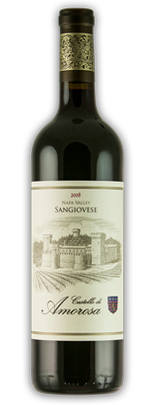
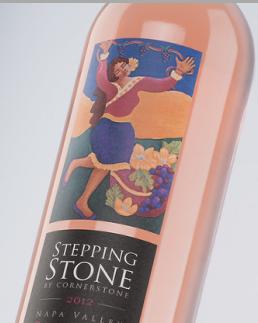 There are certain wines that hit my desk one vintage after another. It’s generally interesting and instructive to taste a new vintage of a wine to find out about if it’s as good, better or not as good as a previous example. We all have things we love a little more than most and for me excellent dry Rosé is near the top of my list. For several years now
There are certain wines that hit my desk one vintage after another. It’s generally interesting and instructive to taste a new vintage of a wine to find out about if it’s as good, better or not as good as a previous example. We all have things we love a little more than most and for me excellent dry Rosé is near the top of my list. For several years now 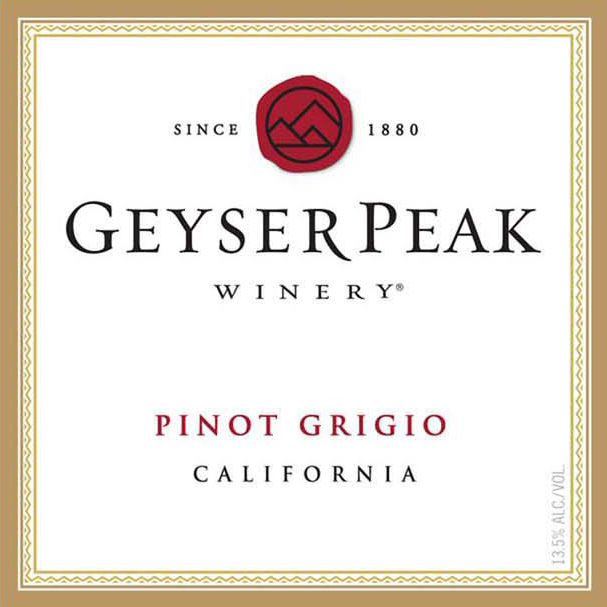 Warm weather has thankfully arrived, and with that white wine consumption rises dramatically. BBQ’s, parties and festive gatherings of all types also call for some everyday drinking wines that taste good but don’t break the bank. Here are two examples from
Warm weather has thankfully arrived, and with that white wine consumption rises dramatically. BBQ’s, parties and festive gatherings of all types also call for some everyday drinking wines that taste good but don’t break the bank. Here are two examples from 
 and vanilla. Those characteristics carry through the palate along with red raspberry, black cherry and hints of espresso. The solid finish shows off minerals, rhubarb, black pepper and clove. This Cabernet has soft, supple tannins. The Sonoma County Cabernet is an easy drinking wine in the best sense of that term, while showing off more than sufficient true varietal character and depth for its category. Also considering its most often available for closer to $12 this is a value that’s difficult to beat in California Cabernet Sauvignon.
and vanilla. Those characteristics carry through the palate along with red raspberry, black cherry and hints of espresso. The solid finish shows off minerals, rhubarb, black pepper and clove. This Cabernet has soft, supple tannins. The Sonoma County Cabernet is an easy drinking wine in the best sense of that term, while showing off more than sufficient true varietal character and depth for its category. Also considering its most often available for closer to $12 this is a value that’s difficult to beat in California Cabernet Sauvignon. Common perception holds that Rosé’s don’t age well. Sometimes common beliefs are totally wrong and in other cases they become foregone conclusions for a good reason. In the case of Rosé’s longevity the truth is not 100% either of those things. Reality is that very few Rosés are built to age well. Some will hang around and be quite tasty for a couple of years but most go south after that. I’m the sort of person who is perfectly content drinking good, dry Rosé in the middle of winter, so I’m a fan. When the opportunity popped up to taste several vintages of Rosé from
Common perception holds that Rosé’s don’t age well. Sometimes common beliefs are totally wrong and in other cases they become foregone conclusions for a good reason. In the case of Rosé’s longevity the truth is not 100% either of those things. Reality is that very few Rosés are built to age well. Some will hang around and be quite tasty for a couple of years but most go south after that. I’m the sort of person who is perfectly content drinking good, dry Rosé in the middle of winter, so I’m a fan. When the opportunity popped up to taste several vintages of Rosé from 
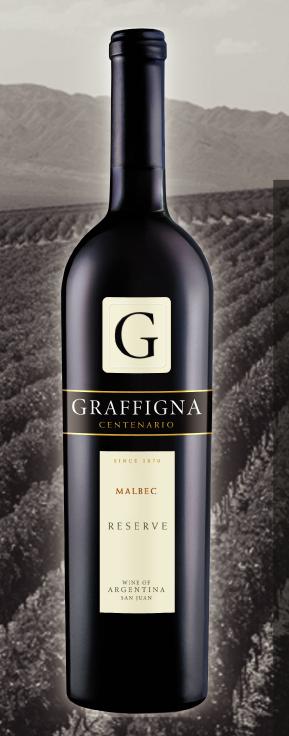 Today is Malbec World Day so I thought tasting through some Malbecs and finding a couple to recommend was the thing to do. Malbec is planted in a number of different regions in the world but the examples coming from Argentina are the best known to most wine lovers. In many other countries it’s more often used as a blending component with Bordeaux style blends. That said varietal Malbecs in small quantities come from other areas like Chile as well.
The Trivento 2011 Amando Sur Malbec was produced from a blend of Malbec (78%), Bonarda (12%) and Syrah (10%). All of the fruit was sourced in the Mendoza region of Argentina in the foothills of the Andes Mountains. This widely available wine has a suggested retail price of $15. Wild strawberry, violets, and red raspberry aromas fill the nose of this Malbec. Red plums, raspberries and cherry are all in stromng evidence along with white pepper, cardamom and a hint of vanilla through the palate. The is a well-balanced Malbec that offer plenty of up front fruit but also backs it up with an even keeled palate of substance and a nice finish that shows off sour cherry and hints of blueberry as well as black tea, pepper notes and good persistence. This Malbec works on its own but really excels with food. Grilled meats and strong cheeses are particularly reccomended.
Today is Malbec World Day so I thought tasting through some Malbecs and finding a couple to recommend was the thing to do. Malbec is planted in a number of different regions in the world but the examples coming from Argentina are the best known to most wine lovers. In many other countries it’s more often used as a blending component with Bordeaux style blends. That said varietal Malbecs in small quantities come from other areas like Chile as well.
The Trivento 2011 Amando Sur Malbec was produced from a blend of Malbec (78%), Bonarda (12%) and Syrah (10%). All of the fruit was sourced in the Mendoza region of Argentina in the foothills of the Andes Mountains. This widely available wine has a suggested retail price of $15. Wild strawberry, violets, and red raspberry aromas fill the nose of this Malbec. Red plums, raspberries and cherry are all in stromng evidence along with white pepper, cardamom and a hint of vanilla through the palate. The is a well-balanced Malbec that offer plenty of up front fruit but also backs it up with an even keeled palate of substance and a nice finish that shows off sour cherry and hints of blueberry as well as black tea, pepper notes and good persistence. This Malbec works on its own but really excels with food. Grilled meats and strong cheeses are particularly reccomended.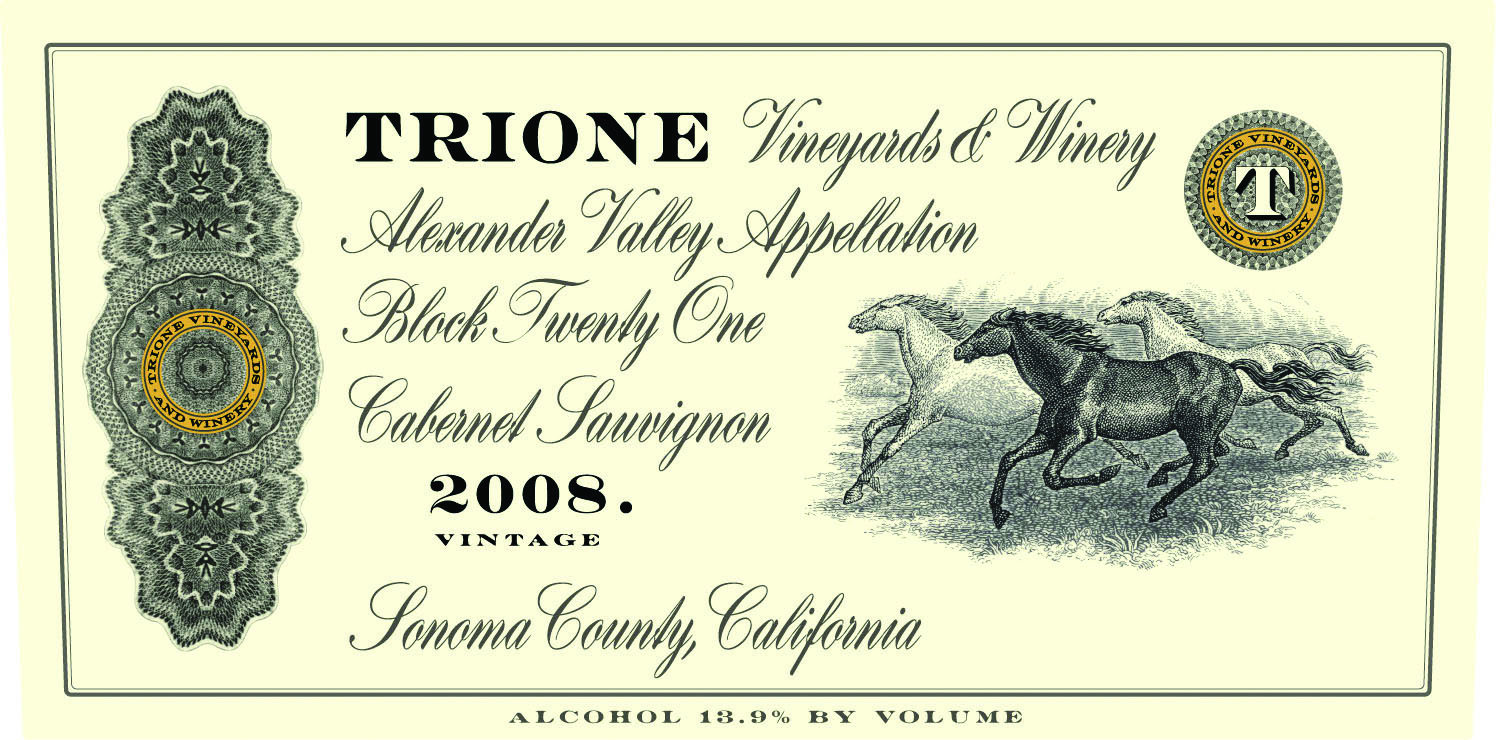 For more than 30 years the
For more than 30 years the  The
The 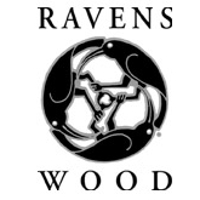
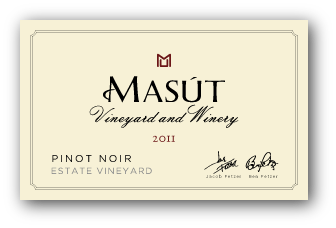 A couple of years ago I had the opportunity to taste the inaugural release of Pinot Noir from Mendocino’s
A couple of years ago I had the opportunity to taste the inaugural release of Pinot Noir from Mendocino’s 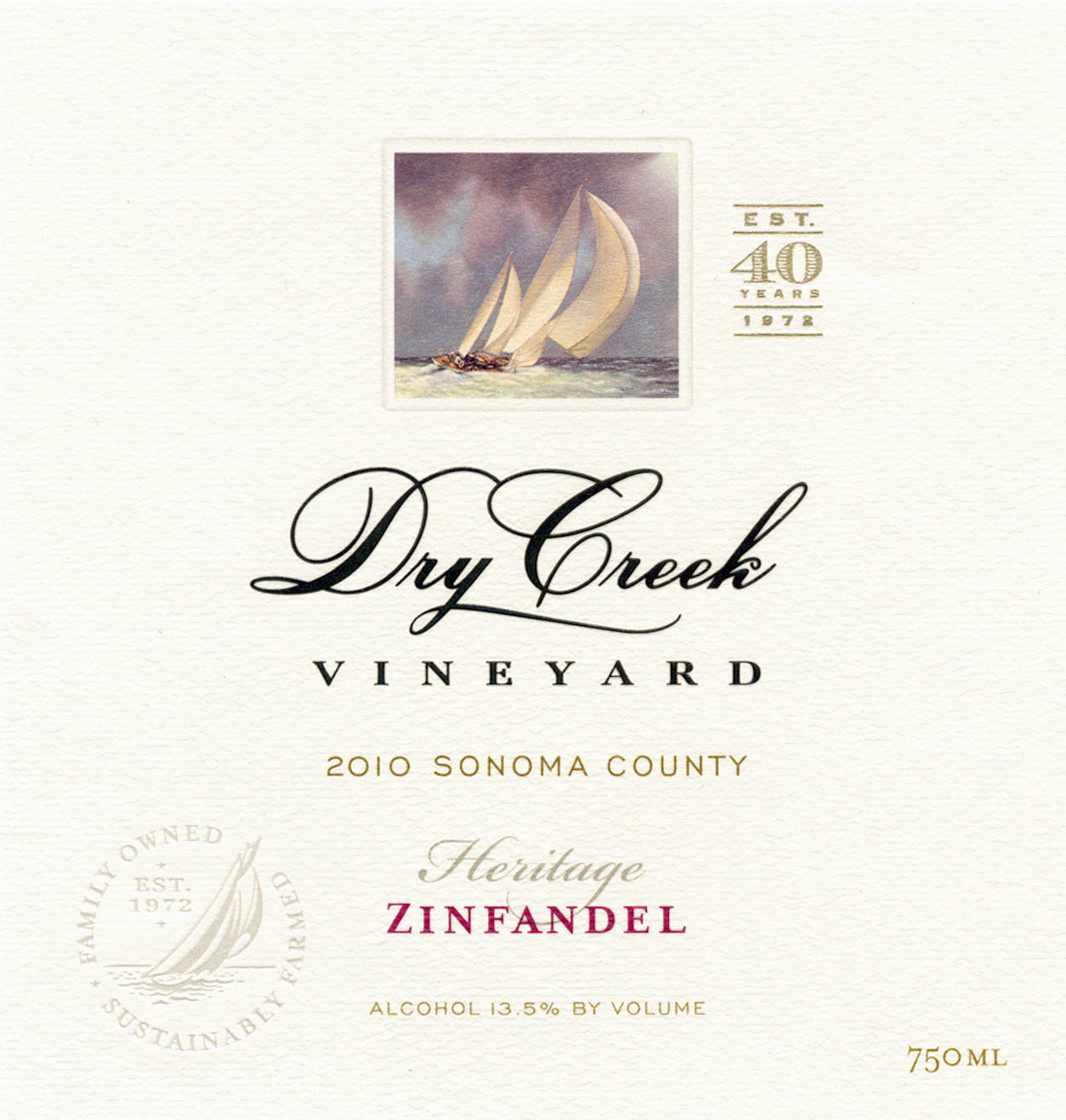 California’s Dry Creek Valley is the home office of Zinfandel. Certainly there are fine examples made elsewhere, but Dry Creek Valley has a stunning away of great ones emanating from its confines.
California’s Dry Creek Valley is the home office of Zinfandel. Certainly there are fine examples made elsewhere, but Dry Creek Valley has a stunning away of great ones emanating from its confines. 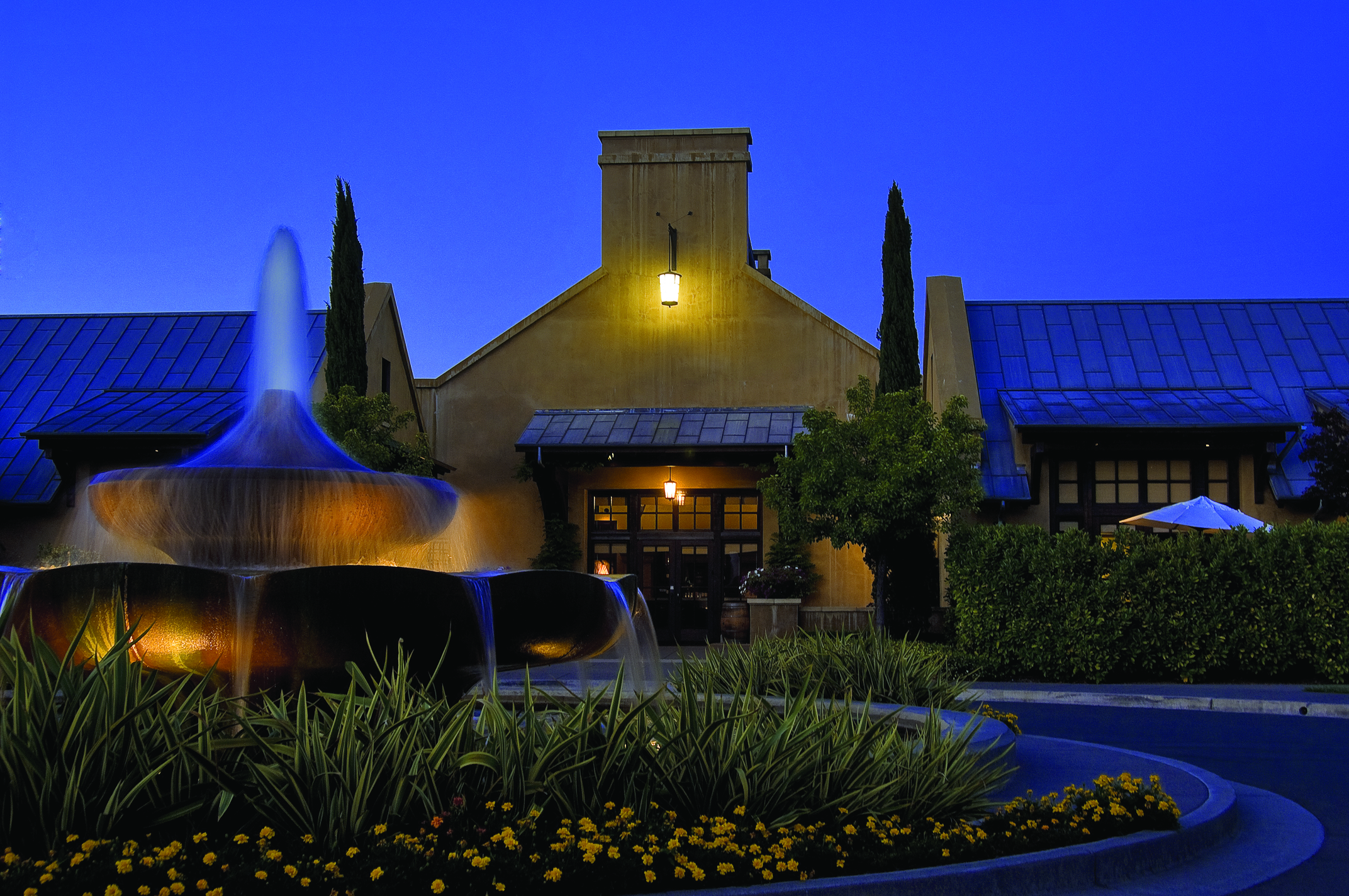 Last week
Last week  Cuvaison Winery
Cuvaison Winery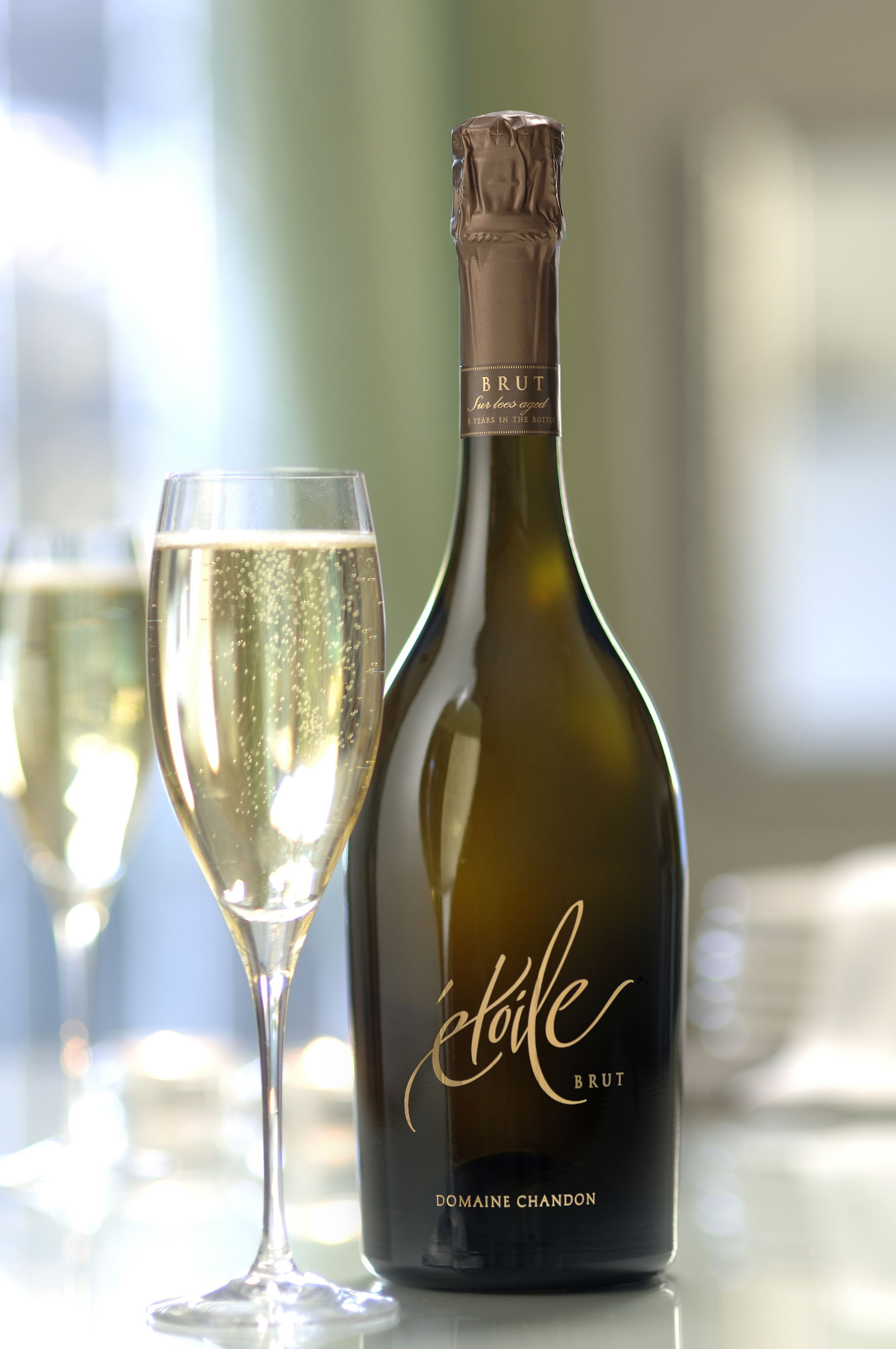 On my recent trip to Napa Valley I made a point of visiting quite a few producers whose wine I was somewhat familiar with but who I had never stopped in to see. One of those was
On my recent trip to Napa Valley I made a point of visiting quite a few producers whose wine I was somewhat familiar with but who I had never stopped in to see. One of those was 
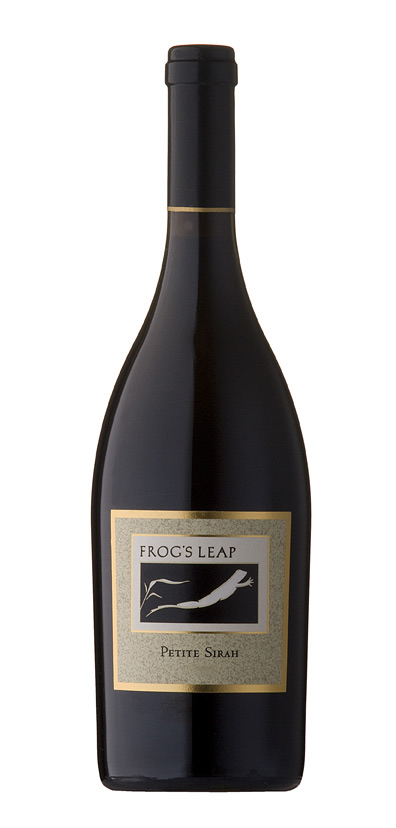
 Cornerstone Cellars
Cornerstone Cellars Auchentoshan
Auchentoshan